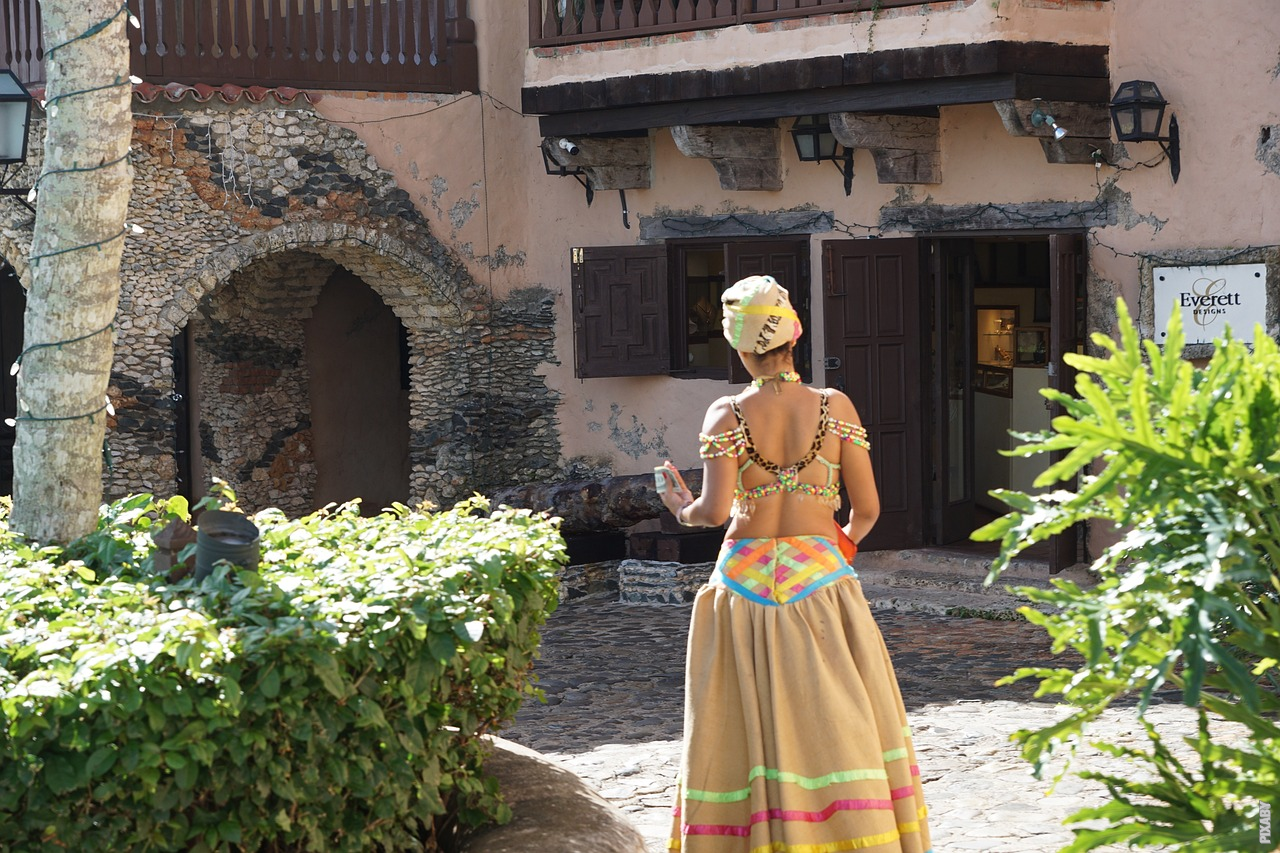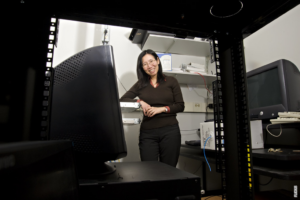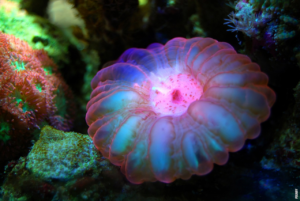Post
Post
The Origins of Chocolate
Chocolate has a rich history that spans thousands of years. It all starts with the cacao tree, which is native to the tropical rainforests of Central and South America. The cacao beans, which are the key ingredient in chocolate, were highly valued by ancient civilizations such as the Maya and Aztecs. These civilizations believed that cacao had divine properties and used it in religious ceremonies.
From Bean to Bar
The process of making chocolate begins with harvesting the cacao pods. The pods are carefully opened to extract the beans, which are then fermented to develop their flavor. After fermentation, the beans are dried and roasted to bring out the cocoa aroma.
Next, the roasted beans are ground into a paste called cocoa mass. This mass is then pressed to separate the cocoa solids from the cocoa butter. The cocoa solids are finely ground to produce cocoa powder, which is used in baking and making hot chocolate.
The cocoa butter, on the other hand, is the fat component of chocolate. It is combined with sugar and milk powder to create the smooth and creamy texture of chocolate.
The Art of Chocolate Making
Making high-quality chocolate is truly an art form. Master chocolatiers carefully blend different types of cocoa beans to achieve the desired flavor profile. They also add unique ingredients like vanilla, nuts, or dried fruits to create a variety of flavors.
The chocolate mixture is then conched, a process that involves continuously stirring and heating the chocolate for several hours. This step helps to evenly distribute the cocoa butter, resulting in a smooth and velvety texture.
Once the conching process is complete, the chocolate is tempered. Tempering is crucial to give the chocolate its shiny appearance and prevent it from melting too easily. The chocolate is cooled, reheated, and cooled again while being stirred, creating a stable crystalline structure.
From Factory to Store
After the chocolate is tempered, it is molded into bars or other shapes. It then goes through a cooling process to solidify before being wrapped and packaged for distribution.
Modern chocolate production involves sophisticated machinery and strict quality control measures to ensure consistency and perfection. From small artisanal chocolatiers to large-scale factories, the goal remains the same: to create delicious and irresistible chocolate.
Whether you prefer dark, milk, or white chocolate, the process of making this beloved treat is a true labor of love. So next time you savor a piece of chocolate, remember the journey it took to reach your taste buds.



